Problem
Using this answer to create a segmentation program, it is counting the objects incorrectly. I noticed that alone objects are being ignored or poor imaging acquisition.
I counted 123 objects and the program returns 117, as can be seen, bellow. The objects circled in red seem to be missing:
Using the following image from a 720p webcam:
Code
import cv2
import numpy as np
import matplotlib.pyplot as plt
from scipy.ndimage import label
import urllib.request
# https://stackoverflow.com/a/14617359/7690982
def segment_on_dt(a, img):
border = cv2.dilate(img, None, iterations=5)
border = border - cv2.erode(border, None)
dt = cv2.distanceTransform(img, cv2.DIST_L2, 3)
plt.imshow(dt)
plt.show()
dt = ((dt - dt.min()) / (dt.max() - dt.min()) * 255).astype(np.uint8)
_, dt = cv2.threshold(dt, 140, 255, cv2.THRESH_BINARY)
lbl, ncc = label(dt)
lbl = lbl * (255 / (ncc + 1))
# Completing the markers now.
lbl[border == 255] = 255
lbl = lbl.astype(np.int32)
cv2.watershed(a, lbl)
print("[INFO] {} unique segments found".format(len(np.unique(lbl)) - 1))
lbl[lbl == -1] = 0
lbl = lbl.astype(np.uint8)
return 255 - lbl
# Open Image
resp = urllib.request.urlopen("https://i.stack.imgur.com/YUgob.jpg")
img = np.asarray(bytearray(resp.read()), dtype="uint8")
img = cv2.imdecode(img, cv2.IMREAD_COLOR)
## Yellow slicer
mask = cv2.inRange(img, (0, 0, 0), (55, 255, 255))
imask = mask > 0
slicer = np.zeros_like(img, np.uint8)
slicer[imask] = img[imask]
# Image Binarization
img_gray = cv2.cvtColor(slicer, cv2.COLOR_BGR2GRAY)
_, img_bin = cv2.threshold(img_gray, 140, 255,
cv2.THRESH_BINARY)
# Morphological Gradient
img_bin = cv2.morphologyEx(img_bin, cv2.MORPH_OPEN,
np.ones((3, 3), dtype=int))
# Segmentation
result = segment_on_dt(img, img_bin)
plt.imshow(np.hstack([result, img_gray]), cmap='Set3')
plt.show()
# Final Picture
result[result != 255] = 0
result = cv2.dilate(result, None)
img[result == 255] = (0, 0, 255)
plt.imshow(result)
plt.show()
Question
How to count the missing objects?

